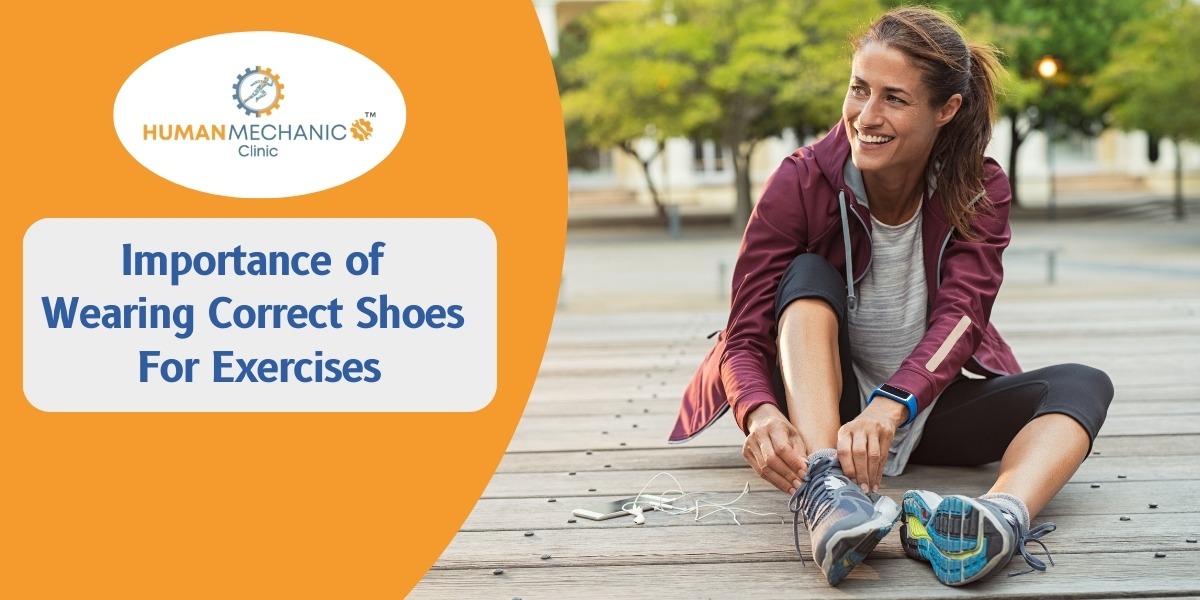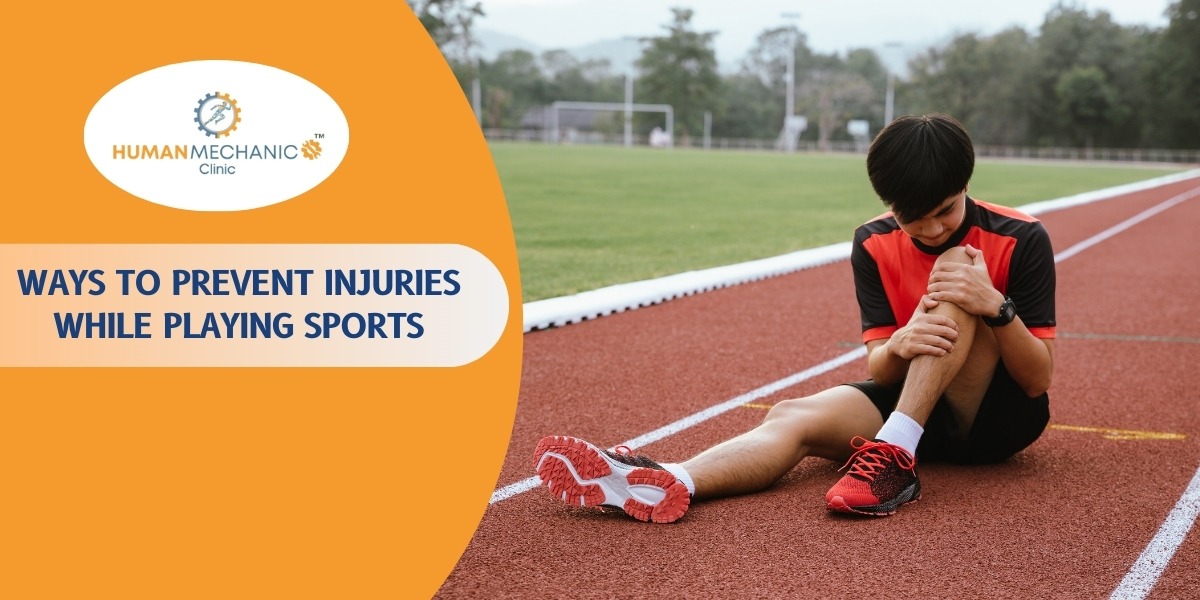Sports Injuries: Diagnosis, Treatment, and Steps You Need to Take
Sports injuries are unfortunate for athletes of all levels, from weekend warriors to elite professionals. Whether you’re playing football, running a marathon, or simply enjoying a casual game of tennis, injuries can occur when least expected. Understanding how to diagnose and treat these injuries is crucial in ensuring a full recovery and preventing future damage. Common Types of Sports Injuries 1. Sprains and Strains One of the most frequent sports injuries involves sprains and strains. A sprain refers to the overstretching or tearing of ligaments, the fibrous tissues that connect bones to each other. Common areas affected include the ankle, knee, and wrist. On the other hand, a strain occurs when muscles or tendons (which attach muscles to bones) are overstretched or torn, often resulting from quick movements or overuse. Symptoms: Pain and tenderness in the affected area Swelling and bruising Limited ability to move the joint 2. Fractures Fractures, or broken bones, are also common in sports, particularly in high-impact activities such as football, rugby, or skiing. Fractures can be classified as stress fractures, often caused by repetitive impact, or more severe traumatic fractures that result from a direct blow or fall. Symptoms: Intense pain at the site of injury Swelling and bruising Deformity in severe cases Inability to move or bear weight on the affected limb 3. Dislocations Dislocations occur when a bone is forced out of its joint, often resulting from a fall or sudden impact. The shoulder is the most common joint to be dislocated, but the knee, elbow, and fingers can also be affected. Dislocations require immediate medical attention to prevent further damage to surrounding tissues, blood vessels, or nerves. Symptoms: Severe pain and immobility of the joint Visible deformity Swelling and bruising 4. Tendinitis Tendinitis is an inflammation of the tendons and is frequently caused by repetitive motions in sports like tennis, golf, or swimming. Common forms include tennis elbow, golfer’s elbow, and Achilles tendinitis. Symptoms: Gradual onset of pain in the affected area Tenderness and stiffness, especially in the morning Swelling around the tendon 5. Concussions A concussion is a mild traumatic brain injury resulting from a blow to the head, commonly seen in contact sports such as football, hockey, or boxing. While concussions may seem minor, they can have lasting effects if not treated properly. Symptoms: Headache, dizziness, or confusion Nausea or vomiting Sensitivity to light or noise Memory issues and difficulty concentrating Diagnosis of Sports Injuries 1. Medical History and Physical Examination The first step in diagnosing a sports injury is a thorough medical history and physical examination. Your doctor or physiotherapist will ask detailed questions about how the injury occurred, the symptoms you are experiencing, and any prior history of similar injuries. They will also assess the injured area by checking for swelling, tenderness, range of motion, and strength. 2. Imaging Tests Imaging tests are often necessary to get a clear picture of the injury’s severity and exact location. These may include: X-rays to check for fractures or dislocations. MRI scans to examine soft tissue injuries such as ligament tears or muscle strains. CT scans for a detailed view of bones and soft tissues. Ultrasound to assess tendon and ligament injuries in real-time. 3. Specialized Tests In some cases, specialized tests may be conducted to further evaluate the extent of the injury, particularly in the case of head trauma. Neuropsychological tests can assess memory, concentration, and problem-solving abilities, especially after a concussion. Treatment Options for Sports Injuries 1. Rest, Ice, Compression, and Elevation (R.I.C.E) The R.I.C.E method is a simple yet effective way to manage many acute sports injuries, particularly sprains and strains. By resting the injured area, applying ice to reduce swelling, using compression bandages, and elevating the limb, you can help minimize pain and prevent further damage. 2. Physical Therapy Physical therapy is essential in the treatment and rehabilitation of most sports injuries. A physiotherapist will design a personalized rehabilitation program to help restore your strength, mobility, and flexibility. In addition, they will work with you to correct any imbalances or weaknesses that may have contributed to the injury, reducing the risk of recurrence. Visit Human Mechanic Clinic – Best Physiotherapy Clinic in Hadapsar 3. Medications For pain relief, over-the-counter nonsteroidal anti-inflammatory drugs (NSAIDs) like ibuprofen or naproxen can be helpful. In more severe cases, stronger prescription medications may be necessary. 4. Immobilization Injuries such as fractures or severe sprains may require immobilization using a cast, brace, or splint to allow the bones or tissues to heal properly. Immobilization helps reduce pain and protect the injured area from further damage. 5. Surgery For more severe injuries, particularly those involving torn ligaments (such as an ACL tear) or fractures that cannot heal properly on their own, surgery may be required. Surgical options include arthroscopic surgery, which uses small incisions and a camera to repair damaged tissues, or open surgery for more complex injuries. Steps You Need to Take After a Sports Injury 1. Seek Medical Attention Always consult a healthcare professional for a proper diagnosis, especially if you experience severe pain, swelling, or an inability to move the affected area. Early diagnosis and treatment can prevent further complications and speed up recovery. 2. Follow the Rehabilitation Program Adhering to your rehabilitation program is crucial for a full recovery. Skipping therapy sessions or returning to your sport too early can lead to setbacks or even re-injury. Your physiotherapist will guide you through exercises designed to regain your strength and mobility. 3. Listen to Your Body Returning to sports after an injury can be a challenging process. It’s essential to listen to your body and avoid pushing yourself too hard too soon. Gradual progress, rather than rushing your recovery, will reduce the risk of re-injury. 4. Prevent Future Injuries Preventing future injuries is key to maintaining your athletic performance. Consider incorporating the following strategies into your routine: Strength training to build muscle and support joints. Stretching exercises to improve flexibility. Warm-up and cool-down routines to prepare your body for activity



